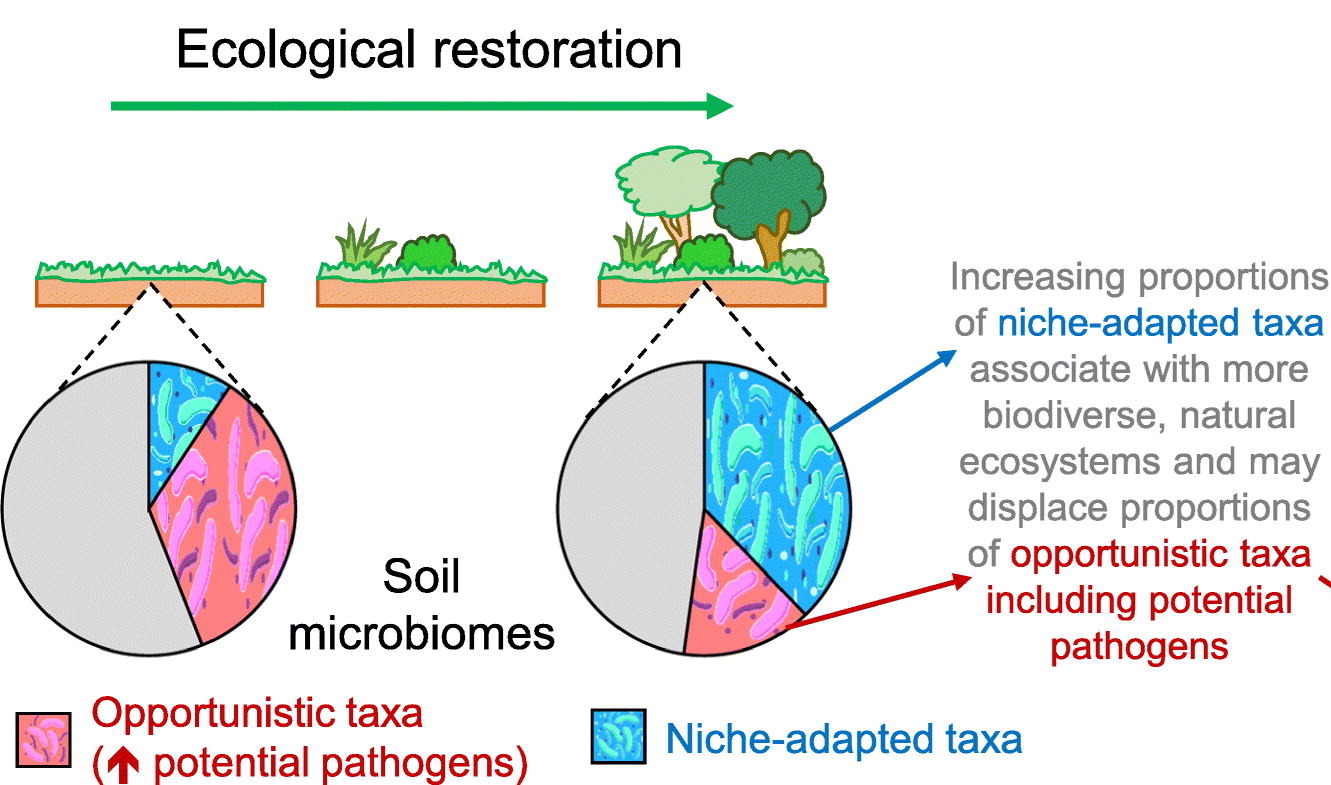BLOGS WEBSITE
Category: Australian Bioactive Compounds Centre
Mount Lofty Ranges woodland bird monitoring reveals steep decline in numbers
Woodland birds are disappearing from the Mount Lofty Ranges at an alarming rate, University of Adelaide research shows, and scientists say the trend is a sign that the ecosystem is on the verge of collapse. Over the past 20 years, the number of woodland birds at monitoring sites has halved. Member of the Environment Institute, […]
Comments Off on Mount Lofty Ranges woodland bird monitoring reveals steep decline in numbers
End of year celebration for the Environment Institute
After a wonderful year of growth, development and success we took the time to reflect on our achievements. Our festive celebration was well attended with a buzz of positivity for this years’ achievements and excitement our future endeavours. See all of the event images from the end of year celebration. Image L-R: Jessie Treloar, Dr Damien […]
Comments Off on End of year celebration for the Environment Institute
Good bacteria is favoured in natural environments
A recent study has shown that restoring environments to include a wider range of species can promote ‘good’ bacteria over ‘bad’ – with potential benefits for human health. In a report produced by the University of Adelaide, it was found that degraded, low biodiversity land and soils tend to included more ‘opportunistic’ bacteria, while healthy, […]
Comments Off on Good bacteria is favoured in natural environments
What makes “ghost mushrooms” glow in the dark?
Photographers and tourists alike have been on the search recently for Omphalotus nidiformis, a type of mushroom which produces a luminescence. The mushrooms can be found in South Australia in the wetter months of autumn and winter near Mt Gambier. Professor Philip Weinstein from the University of Adelaide and the Environment Institute, says the ghost mushrooms are […]
Comments Off on What makes “ghost mushrooms” glow in the dark?
Old microbial friends key to good health
The human microbiome is increasingly being recognised as an important part of our well-being. But research is showing that our interact with microbiomes in the environment can have a huge effect on the microbiomes in our bodies. The beneficial bacteria that populate our body play a huge role in our metabolism and physiology. If the population […]
Comments Off on Old microbial friends key to good health
Media release: Investigating native plants for South Australian pickles
The University of Adelaide will work with South Australian food manufacturer Spring Gully Foods to investigate potential sources of food colourings among Australian native plants. The project has been awarded an Innovations Connections Grant of $25,000, under the Australian Government’s Entrepreneurs’ Programme. Innovation Connections encourages and assists small and medium businesses to access knowledge, engage […]
Comments Off on Media release: Investigating native plants for South Australian pickles
Check out The Environment Institute on Instagram!
The Environment Institute is now showcasing the experiences of our students and staff in the form of their stunning photography on Instagram. Follow us at @environmentinstitute! Following on from the success of the School of Earth and Environmental Sciences Photo Competition, the Environment Institute will host the 2016 Environment Institute Photo Competition, which is open to Environment […]
Comments Off on Check out The Environment Institute on Instagram!
Does biodiversity suppress infectious disease emergence?
Ecosystems provide us with food, water and recreation opportunities. But they may also help to suppress the spread of infectious diseases. Professor Phil Weinstein, co-director of the Australian Bioactive Compounds Centre, makes the link between biodiversity and human health. Using Lyme disease and Ross River Virus as examples, Prof Weinstein makes the case that healthy and […]
Comments Off on Does biodiversity suppress infectious disease emergence?
Podcast- Bush Medicine Meets the Microscope
Join Sue Reece from Radio Adelaide on her show Barometer, as she chats to Associate Professor Bob Milne. Associate Prof Milne talks us through the launch of the Australian Bioactive Compounds Centre– a joint initiative between the University of Adelaide and University of South Australia. One of the projects aims to tap into the unique […]
Comments Off on Podcast- Bush Medicine Meets the Microscope
Launch of new centres and high flying research
The Centre for Conservation Science and Technology (CCoST) and The Australian Bioactive Compounds Centre (ABCC) were officially launched on Thursday the 14th of April. The Centre for Conservation Science and Technology (CCoST) is a provider of innovative science and technology methods and analysis to deliver practical and affordable solutions to the most pressing conservation and […]
Comments Off on Launch of new centres and high flying research





